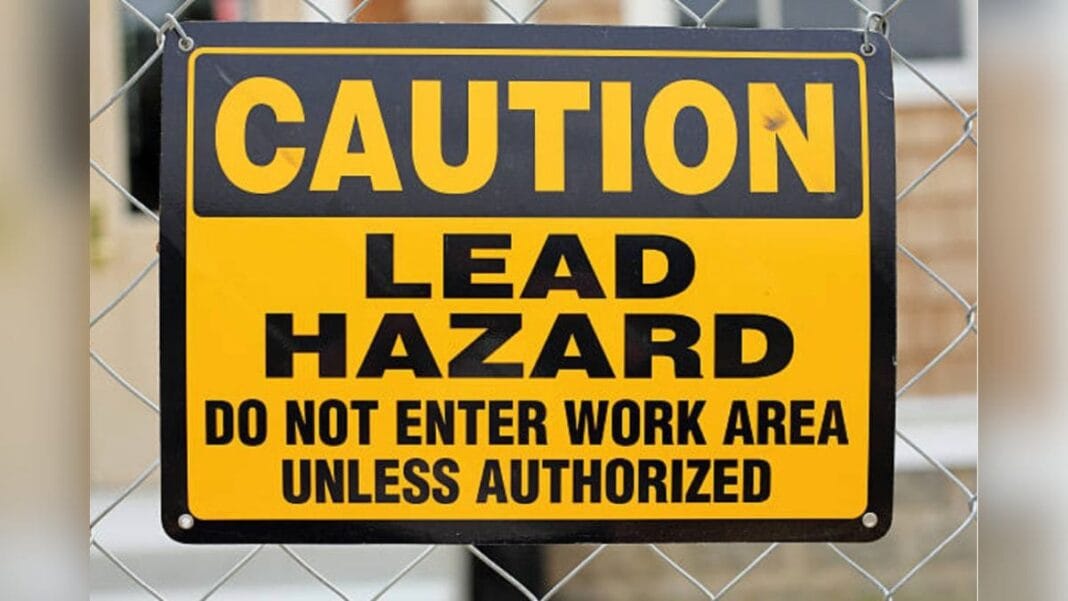Lead Exposure vs. Microplastics: A Comprehensive Review
Lead exposure and microplastics are two environmental concerns that have been gaining attention in recent years. While microplastics are tiny plastic particles found in various environments, lead poses a more immediate and well-documented threat to human health. This article delves into the impact of both elements on our health and the environment.
Full Review
Lead, a toxic metal used in various industries, has been causing widespread environmental contamination. On the other hand, microplastics, small plastic particles less than 5 millimeters in size, are found in human tissues and have been a subject of media attention. While both pose risks, lead exposure has been linked to more immediate and severe health issues.
Lead exposure can result in developmental delays, reduced IQ, attention-related behavioral problems, and learning difficulties in children. In adults, it can lead to hypertension, renal impairment, and reproductive problems. The World Health Organization reports that nearly half of all deaths from chemical exposures are due to lead exposure, highlighting the urgency of addressing this issue.
Despite the growing awareness of lead poisoning, international bodies have not prioritized this issue in recent chemical regulation efforts. The launch of the Partnership for a Lead-Free Future is a step in the right direction, but more needs to be done to address the economic and health burdens of lead exposure globally.
Conclusion
In conclusion, lead exposure poses a significant threat to human health and the environment, requiring urgent attention from policymakers and international organizations. While microplastics also raise concerns, the immediate health risks associated with lead make it a more pressing issue. Efforts such as the Partnership for a Lead-Free Future are commendable, but more action is needed to address the global impact of lead contamination.
FAQs
1. What are microplastics?
Microplastics are tiny plastic particles less than 5 millimeters in size found in various environments, including human tissues.
2. What are the health risks of lead exposure?
Lead exposure can result in developmental delays, reduced IQ, behavioral problems in children, and hypertension, renal impairment, and reproductive issues in adults.
3. Why is lead exposure a more immediate threat compared to microplastics?
Lead exposure has been extensively studied and linked to severe health issues, making it a more urgent concern compared to microplastics.
4. How can lead enter the food chain?
Lead can enter the food chain through crops grown in contaminated soil or irrigated with polluted water, leading to human exposure.
5. What efforts are being made to address lead exposure globally?
The Partnership for a Lead-Free Future, backed by organizations like USAID and UNICEF, aims to raise awareness and take action to reduce lead exposure globally.
6. What is the economic toll of lead exposure?
Lead exposure is estimated to cost 7% of global GDP, highlighting the significant economic burden associated with this issue.
7. Why is lead exposure not prioritized in recent international chemical regulation efforts?
Despite its severe health impacts, lead exposure has not been prioritized in recent chemical regulation efforts, pointing to a need for more evidence-based policymaking.
8. What is the significance of the UN Global Framework on Chemicals in addressing lead exposure?
The UN Global Framework on Chemicals plays a crucial role in addressing lead exposure and other chemical pollutants on a global scale.
9. How can individuals reduce their exposure to lead?
Avoiding products containing lead, ensuring proper hygiene, and advocating for lead-free environments can help reduce individual exposure to lead.
10. What can governments do to address lead contamination?
Governments can implement policies to regulate lead use, clean up contaminated areas, and invest in research to better understand and mitigate the impact of lead contamination.
Tags
Environment, Health, Lead Exposure, Microplastics, Global Awareness

